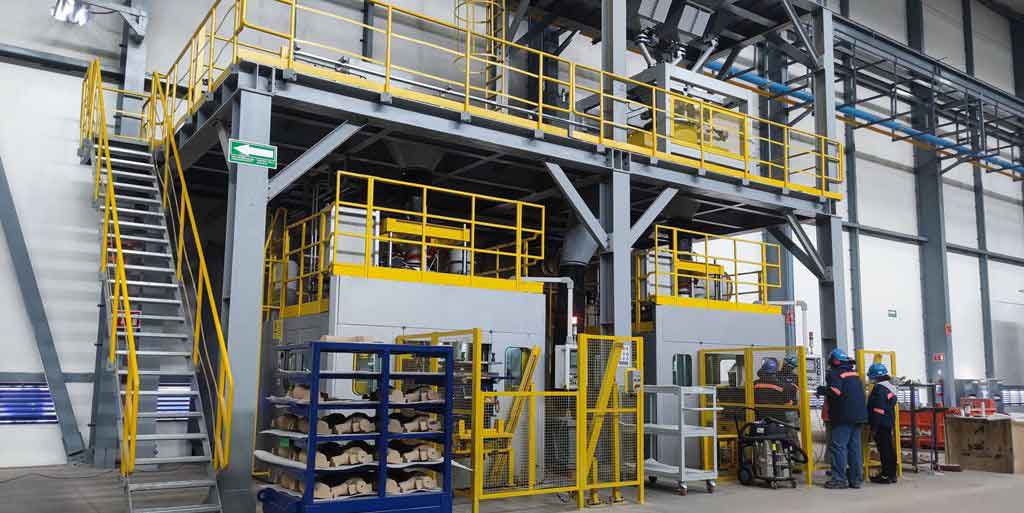
Enhancing the reliability of investment casting parts is crucial, especially in industries where precision and durability are paramount, such as aerospace, defense, and healthcare. Advanced quality control techniques are essential to ensure that these parts meet stringent specifications and perform reliably under extreme conditions. Here’s how the reliability of investment casting parts can be enhanced through sophisticated quality control methods:
1. Advanced Non-Destructive Testing (NDT)
- X-ray and CT Scanning: Utilize high-resolution X-ray and computed tomography (CT) scanning to detect internal defects such as porosity, inclusions, and cracks that are not visible on the surface. These technologies provide a detailed 3D image of the internal structure of investment casting parts, allowing for precise defect analysis.
- Ultrasonic Testing: Employ ultrasonic testing for deeper penetration into thicker sections of investment casting, to detect flaws that might affect the integrity of the part. This method uses high-frequency sound waves to identify discontinuities within the material.
2. Dimensional Inspection Technologies
- 3D Scanning: Implement 3D scanning for rapid and accurate measurement of complex geometries. This technology helps in verifying dimensions and detecting deviations from the CAD model, ensuring that the parts adhere to specified tolerances.
- Coordinate Measuring Machines (CMM): Use CMMs for highly precise measurements of critical components. These devices can measure small objects and intricate details, providing a high level of accuracy in dimensional verification.
3. Material Characterization
- Spectroscopy: Apply spectroscopic methods to analyze the chemical composition of the metal alloys used in investment casting. Ensuring the correct alloy composition is critical for the part’s performance, especially in applications requiring high strength and temperature resistance.
- Mechanical Testing: Conduct tensile, compression, and fatigue tests to assess the mechanical properties of investment casting parts, such as strength, ductility, and toughness. This testing is vital to ensure that the parts can withstand operational stresses.
4. Statistical Process Control (SPC)
- Process Monitoring: Implement SPC techniques to monitor and control manufacturing processes. This involves collecting and analyzing data from the casting process to detect trends or variations that could lead to defects.
- Feedback Systems: Use real-time feedback systems to adjust process parameters promptly, preventing the production of out-of-specification parts. This proactive approach helps in maintaining process stability and reducing scrap rates.
5. Simulation and Predictive Modeling
- Process Simulation: Utilize advanced simulation software to predict how the molten metal flows into the mold, solidifies, and cools. These simulations help identify potential issues such as shrinkage or cold shuts before investment casting process begins.
- Predictive Modeling: Develop predictive models based on historical data to anticipate defects and process variations. This helps in optimizing process parameters preemptively, enhancing the overall quality and reliability of investment casting parts.
6. Robust Quality Assurance Protocols
- Supplier Quality Management: Establish stringent quality requirements for suppliers of raw materials and ensure that these standards are consistently met through regular audits and testing.
- ISO Certification: Maintain quality management systems that comply with international standards such as ISO 9001. Certification under these standards demonstrates a commitment to quality and continuous improvement.
7. Employee Training and Involvement
- Skilled Workforce: Invest in ongoing training for employees to keep them updated on the latest quality control techniques and technologies.
- Quality Culture: Foster a culture of quality and excellence where every employee is responsible for ensuring the reliability of investment casting parts.
By integrating these advanced quality control techniques, manufacturers of investment casting parts can significantly enhance the reliability and performance of their products. This not only improves customer satisfaction and trust but also reduces costs associated with failures and rework, ultimately contributing to the company’s bottom line and reputation in demanding markets.
